On -site | "Beacon Seal" exhibition opened, inheriting the spirit of great anti -Japanese war
Author:Central Discipline Inspection Time:2022.07.07
(Video | Zhang Rui Hu Siyuan)
Huang Qiuxia, the website of the Central Commission for Discipline Inspection, reported that on the afternoon of July 7th, to commemorate the 85th anniversary of the outbreak of the National Anti -Japanese War, the "Beacon Seal -Special Exhibition of the Beijing Anti -Japanese War theme area" was officially opened to the public in the Chinese People's Anti -Japanese War Memorial Hall.
The exhibition was launched by the Anti -Japanese War Memorial and 18 Anti -Japanese War Memorial Hall. For the first time, it compared 50 key memorial facilities and ruins of the Beijing Anti -Japanese War theme area. It collected 200 high -quality photos and 50 precious cultural relics.
On July 7, 1937, in order to achieve the evil ambition of the whole China, the Japanese invaders bombarded Wanping City, and the 29th Army of the Chinese garrison resisted. On the second day of the Lugouqiao Incident, the Central Committee of the Communist Party of China issued power to the whole country: "Pingjin is critical! North China is critical! The Chinese nation is critical!" A deadly battle that determines the fate of the Chinese nation kicked off.
Step into the exhibition hall, in the first part of the "Core Exhibition Area of the National Anti -Japanese War,", the helmet worn by the 29th Army Anti -Japanese Warriors, the schoolbags, badges, bullets, magazines, and precious images related to the Luogouqiao Incident Incident Incight The information enters the reporter's sight one by one.
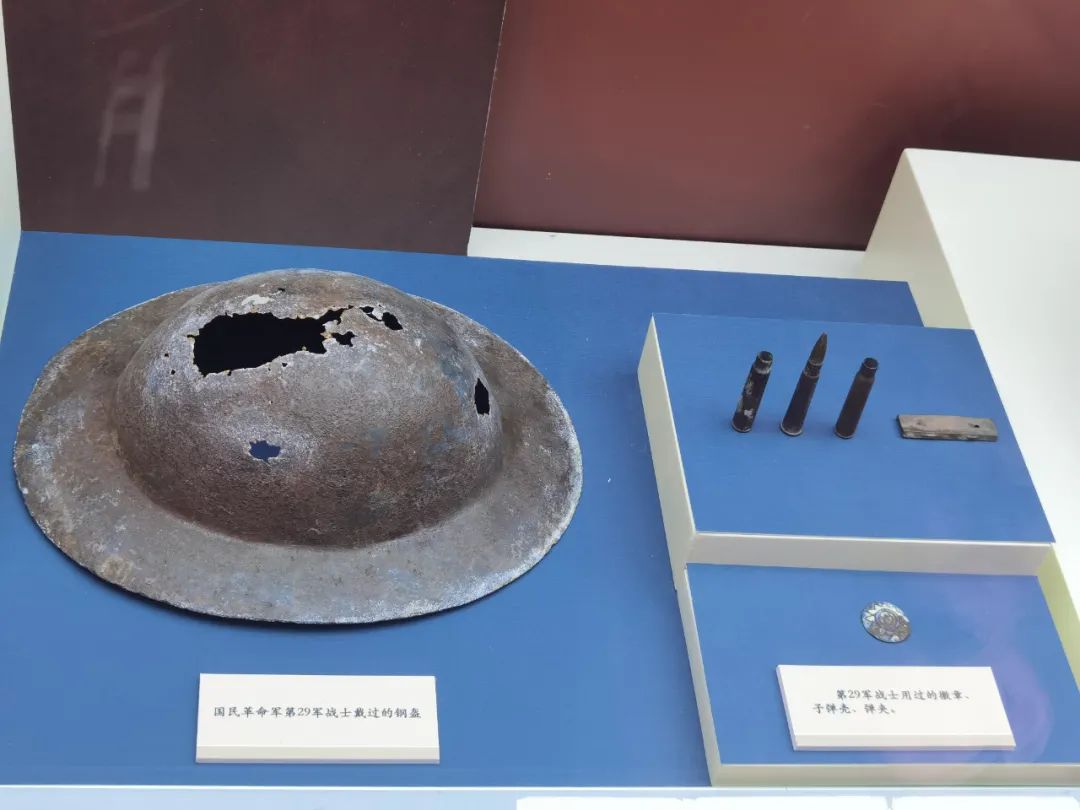
The picture shows the helmet worn by the 29th soldiers, the badges, bullets, folders, etc. Photo by Huang Qiuxia
"This core display area includes important anti -Japanese war and commemorative facilities such as Lugou Bridge, Wanping City, and the Anti -Japanese War Memorial." The only steel helmet original, the large and small bullet holes on it witnessed the fierceness of the battle, and also witnessed the spirit of blood fighting and indomitable by the Chinese army. "
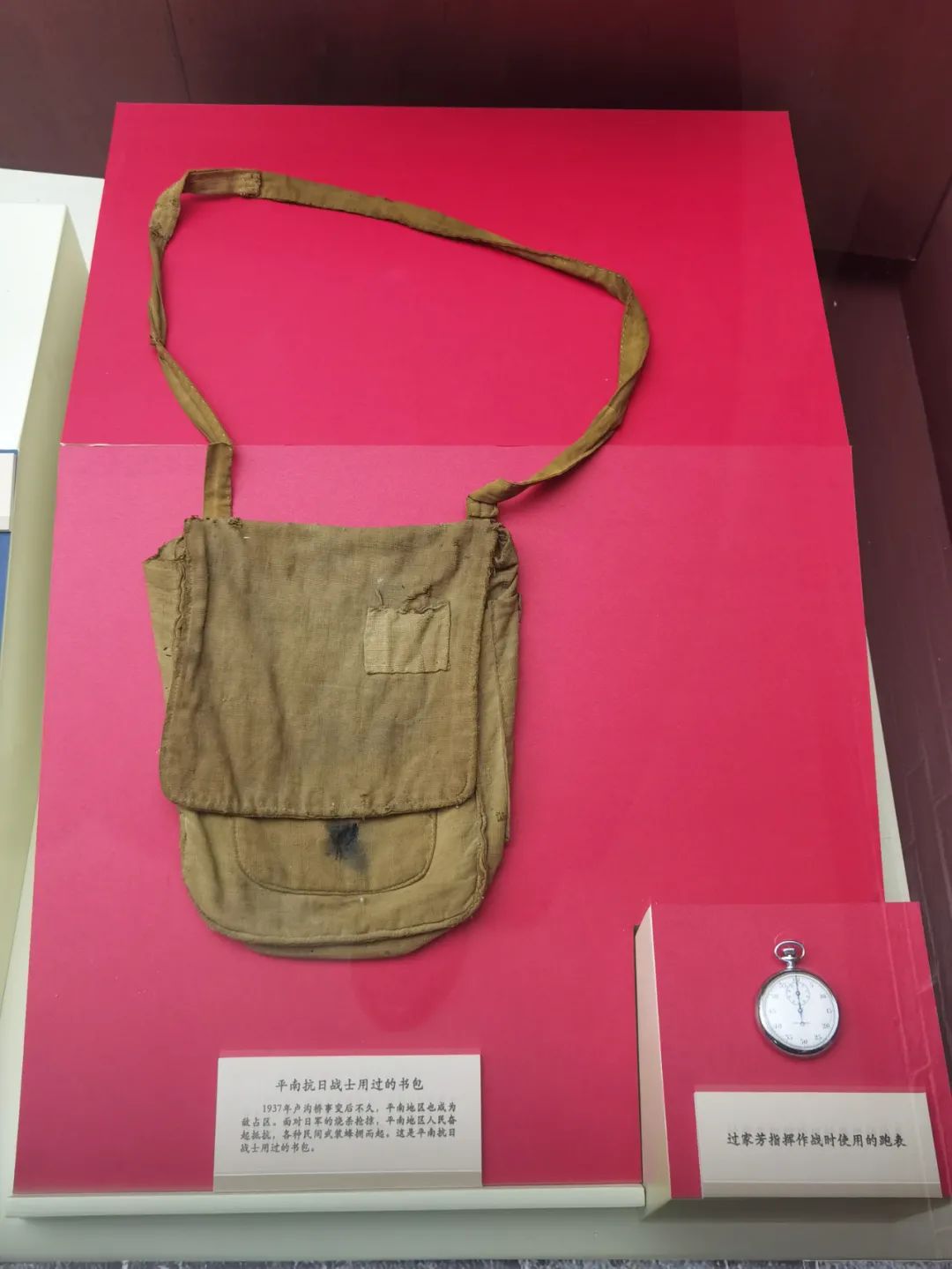
The picture shows the schoolbags used by the 29th troops on display. Photo by Huang Qiuxia
Along the exhibition area, the lamps used when the tunnel of Jiaozhuanghu Village provided by the Jiaozhuangwa Tuning Site of Beijing Jiaozhuanghu, and the maternal rescue of activists can boil the medicine of the medicine for the injury warriors, etc., attracting visitors to stop.
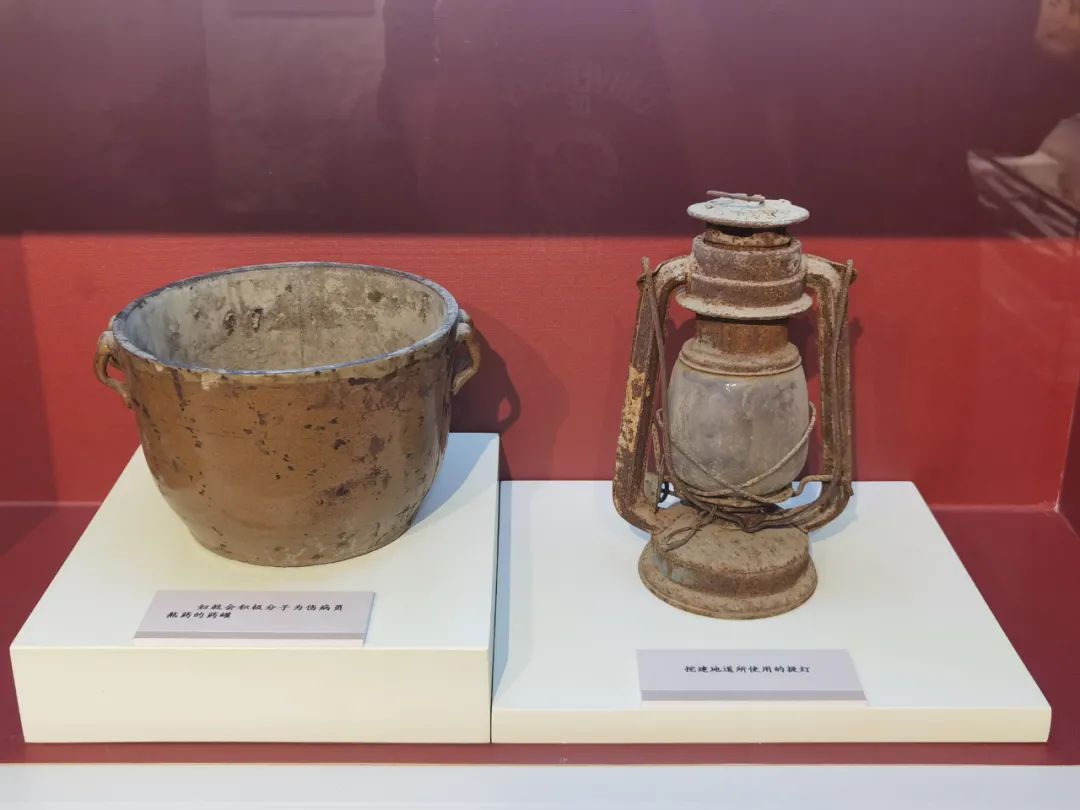
The picture shows the lamps used in tunnels in Jiaozhuanghu Village, and the pills that women will use will be used. Photo by Huang Qiuxia
The authentic warfare was the combat method of the anti -Japanese army on the North China and the Jizhong Plain during the Anti -Japanese War. "Battle in Mingli, fled secretly, and destroyed the enemy's most reliable." Jiaozhuanghu Village was called the Anti -Japanese Fortress Village due to authentic conditions.
Before the exhibited "Drama Significance of Jiaozhuanghu Village's Authentic Route", Luo Cunkang introduced: "In 1943, the first member of Jiaozhuanghu Village led the villagers to dig a tunnel of 11.5 kilometers, and then expanded and improved. Smoke. At that time, many officers and soldiers in the east of Hebei were injured, and many of them were secretly transported here for treatment. The women's rescue members carefully cured the Eighth Route Army injury patients with medicine. In 1944, five or six hundred people were treated. "
Military and civilians are the magic weapon of victory in the War of Resistance and Civils. Not far away, a large wooden box provided by the Memorial Museum provided by Zhaoli Village, Zhaotang Town, Mentougou District, Beijing.
In November 1938, the Central Military Commission of the Communist Party of China decided to form Ji Hotcore to advance. Later, he was formally established and was commanded by Xiao Ke, and his headquarters moved to Malan Village. "People heard that the Communist Party was coming, and deliberately gave Xiao Ke the best box at home. Xiao Ke was very moved, but the Communist Party has a strict discipline style. Return. "
In the "Anti -Japanese War Memorial Facilities Key Exhibition Area", a few pages of manuscripts have attracted everyone's attention. "This is a report by Xiao Ke's work on the work of Ji Jichang in February 1940. The main content is the strategic task of‘ consolidating Pingxi, adhering to Jidong, and development of Pingbei ’.” Luo Cunkang told reporters.

The picture shows a manuscript of Xiao Ke's work to the Central Military Commission in February 1940. During the Anti -Japanese War, Xiao Ke, the deputy division of the 120th Division of the Eighth Route Army, the commander of Ji Jichang to the commander, and the deputy commander of the Jinchaji Military Region, read the "On the Live War", "Sun Tzu's Art of War", and "War Theory" Later, summarized and analyzed the situation at the time, thinking that Pingxi was not weakened as a base camp, and he had to stand firmly to make things closer. "It is under the guidance of this strategic policy that the three major anti -Japanese bases of Pingxi, Pingbei, and Jidong are connected in just three years. The North Ping under the control of the enemy is completely surrounded by the Eighth Route Army. The final victory of the Anti -Japanese War in North China laid a solid foundation. "Luo Cunkang said.
This document is also rated as a national first -class cultural relic for its historical significance. Although the paper has been slightly yellow, the vigorous and powerful handwriting is still clearly distinguished. Think about it.
In 1990, Xiao Ke donated this precious manuscript to the Chinese People's Anti -Japanese War Memorial Hall. He said: "It is not significant to put these things in my own hands. It is not only conducive to comrades who enthusiastically study the history of the War of War of War, but It is more conducive to educating the disaster of the younger generation, and the spurring of their anger, and the Chinese nation is strong to not be affected by foreign aggression. "
"Based on history, we must understand history and respect history. From standing up, getting up to strengthening, China has gone through difficult years and achieved leaps." At the exhibition site, the corner of the eyes of a rare old man from Chaoyang District was a little moist. He believes that the exhibition has enhanced our cultural self -confidence and historical confidence through living history and great changes.
The last part of the exhibition- "Important Exhibition Area of the Anti -Japanese War" selected 25 anti -Japanese war sites based on the construction of political power, cultural struggle, unity and mutual assistance, and Pingjiao struggle. (Beiping students went south to the place where the demonstration group departed), the manuscript of Rhodejun's manuscript found the land (Miaoying Temple Baita), the former site of the CCP Luohe Middle School (formerly Luohe Middle School Teaching Building), and the former site of the Eighth Route Army Denghua Division Command.
Before introducing the exhibition board of the Jidong Anti -Japanese Base, Luo Cunkang stopped and told reporters that the history. "In September 1940, the first party branch of Pinggu was born in Hongya Cave of Taozhuang Village. Tao Shed became an important residence of Pinggu and Jidong Party and Government Organs at that time."
The picture shows the exhibition board of the Anti -Japanese War of the Taoang Village. Photo by Huang Qiuxia
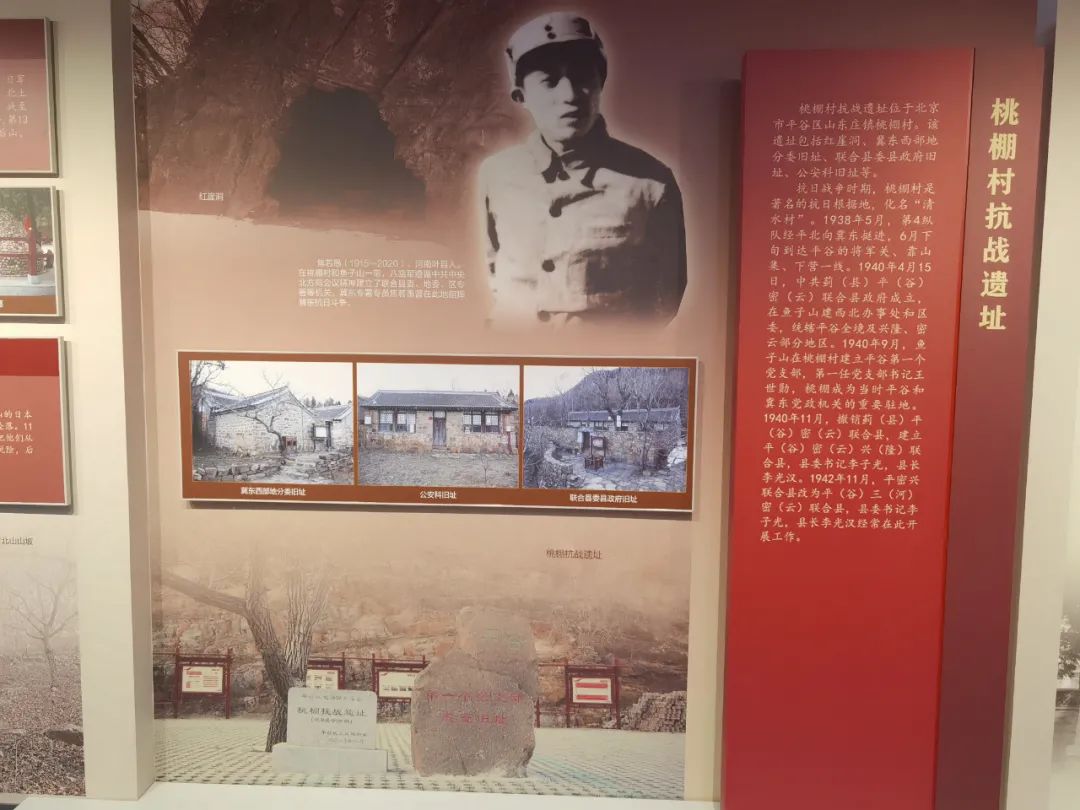
According to reports, in the area of Taozhuang Village and Caizishan, the Eighth Route Army followed the spirit of the CPC Central Committee's North Bureau Conference to establish a joint county party committee, local party committee, district college and other agencies. Essence "During this period, he learned that individual cadres had corruption, decisively punished, and consolidated the anti -Japanese regime through the construction of clean government." Luo Cunkang said.
At the end of the exhibition, a audience wrote such a sentence on the message board: "The 85th anniversary of the outbreak of the Anti -Japanese War in the whole nation, never forget the original intention, keep in mind the mission, and don't forget the national shame."
Edit: Liu Yuanhang
- END -
"Snow": Follow the wise person to travel

After reading Snow, it is rare, as if following a wise man to complete a colorful ...
After 3000 years, it found the other half
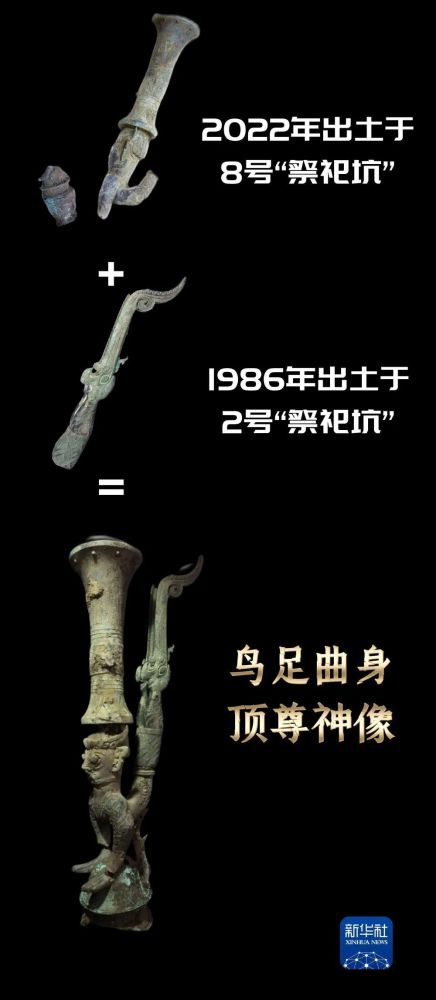
Waiting for about 3000 yearsPortrait of Sanxingdui Bronze Bird FootFinally retriev...